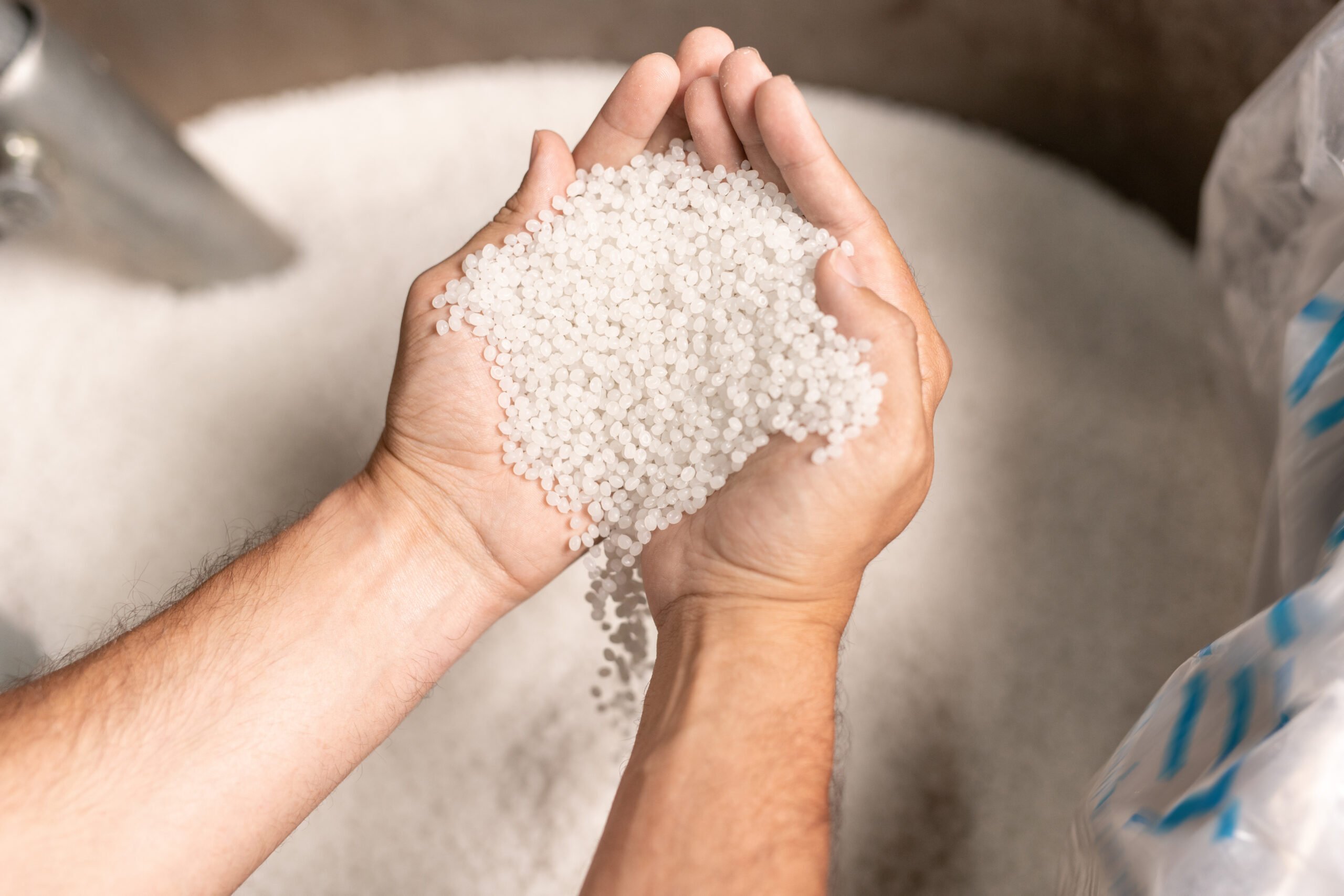
The State of the Biodegradable Plastics Industry: Growth, Innovation, and the Road Ahead
As the global plastics crisis intensifies, the demand for truly biodegradable alternatives is rising sharply. While the market is growing at a rapid pace, it’s still navigating challenges—technical, regulatory, and perceptual—that shape its evolution. This article offers a comprehensive yet accessible overview of the biodegradable plastics industry as of 2025, presenting market trends, innovation highlights, and key hurdles manufacturers should know.
Market Growth: A Fast-Expanding Sector
Biodegradable plastics have seen remarkable expansion in recent years:
- Markets & Markets projects the global biodegradable plastics market at USD 12.92 billion in 2024, growing to USD 33.52 billion by 2029, at a CAGR of 21.3% MarketsandMarkets.
- Grand View Research estimates the biodegradable plastics market to be worth USD 5.43 billion in 2023, rising to USD 10.04 billion by 2030, with a CAGR of 9.2% Grand View Research.
- Stratview Research presents an even more bullish figure: USD 7.5 billion in 2023, potentially reaching USD 36.05 billion in 2030, at 25% CAGR Grand View Research+4Stratview Research+4Future Market Insights+4.
- The Business Research Company projects growth from USD 6.79 billion in 2024 to USD 14.9 billion by 2029, implying a 16.2% CAGR The Business Research Company.
Regional insights add nuance:
- European Bioplastics reports global bioplastics production capacity climbing from around 2.47 million tonnes in 2024 to 5.73 million tonnes by 2029 Precedence ResearchEuropean Bioplastics e.V..
- Mordor Intelligence highlights the biodegradable plastic packaging sub-sector growing from USD 3.01 billion in 2025 to USD 7.70 billion by 2030, at a 20.7% CAGR
Consistently across sources, the industry is forecasted to grow robustly—some analysts projecting compound growth well into 20–25% territory—indicating surging adoption across packaging, consumer goods, agriculture, and beyond.
Innovation & Emerging Materials in Biodegradable Plastics
Beyond growth, the industry is teeming with innovation:
- Biopolymer Advances: Materials such as PLA, PBAT, PHA, and starch-based blends are mainstream, but next-gen alternatives—like marine-degradable PHA and heat-resistant PBAT—are improving real-world performance
- Start-Ups and Novel Technologies: Companies like Polymateria are pioneering “biotransformation” masterbatches that accelerate the degradation of polyolefins without microplastic residue
- Unique Bioplastics: Projects such as MarinaTex—a fish-waste and red algae–based packaging that biodegrades in 4–6 weeks—demonstrate creative circular design thinking
- Edible Packaging: Innovations like Kodo millet–based edible cups illustrate how entirely novel material sources can reduce waste and enable composting or consumption
Yet, not all innovation is without scrutiny:
- Recent research warns some starch-based bioplastics may pose similar health risks to conventional plastics, including organ and metabolic impacts in animal studies, as well as microparticle concerns
- Authorities are concerned about bioplastics’ varying levels of compostability, greenhouse gas footprint, and lingering toxicity, demanding stricter eco-credentials and regulation
- Commercial scaling remains a challenge. Products like compostable footwear or alternative materials are still grappling with costs, consumer behavior, infrastructure, and regulatory support
Demand Drivers & Regulation
Three major forces are fueling the industry’s upward path:
Regulatory Pressure
Bans on single-use plastics and oxo-degradables (like the EU’s 2021 directive) are incentivizing demand for verifiable biodegradable solutions
Consumer Preference
Studies show that even at equal price and function, 70% of consumers prefer bioplastics—and many are willing to pay a premium
Corporate & Supply Chain Forces
Sustainability commitments, extended producer responsibility (EPR) mandates, and market differentiation pressures push companies toward materials with validated biodegradability.
What Lies Ahead For The Industry?
The biodegradable plastics industry stands on solid growth momentum, driven by sustainability imperatives and regulatory shifts. A path forward involves:
- Improving material performance—matching traditional plastics in durability and function.
- Strengthening regulation—creating consistent eco-labels, testing standards, and compostability criteria.
- Expanding infrastructure—investing in composting, anaerobic digestion, and end-of-life collection systems.
- Fostering transparency—credentialing materials with real-world testing data to build consumer trust.
The biodegradable plastics industry in 2025 is a dynamic, fast-expanding space marked by technological advances, regulatory urgency, and shifting consumer mindset. While promising, it’s not a mature market—innovation must be paired with real-world validation, infrastructure, and safety assurance to deliver truly sustainable solutions.
For manufacturers evaluating materials like EcoPure®, the message is clear: success lies not just in biodegradable claims, but in demonstrable performance, responsible validation, and alignment with disposal realities. This is the lens through which the future of plastics must be seen—practical, credible, and rooted in both science and societal need.


